Hokkaido is world-famous for fresh seafood, stunning natural landscapes, and world-class powder snow discovered in a dozen spectacular ski resorts. Skiing in Hokkaido has a traditional Japanese feel. The ski resorts are connected with onsens, filled with delicious Hokkaido food, with some offering the breathtaking views of a volcanic vent. Whether you are beginners, advanced skiers, or families with children, you will find some of the best skiing in the world.
Planning a dream ski vacation to Hokkaido, but don’t know where do you begin? In this article, we’ve put together a comprehensive guide to skiing in Hokkaido, so you can find the best Hokkaido ski resorts with ease. Furthermore, you will understand how much it costs, when the best time to ski in Hokkaido is, and where to stay.
Why Ski in Hokkaido - a World-Class Ski Destination
World Class Powder Snow (JAPOW)
Hokkaido's maritime climate brings continuous snowfall. It usually starts to snow from mid-November until May of the following year. From December to March, it snows almost every day, with an average annual snowfall of 10-15 meters. The dry and cold climate creates the world's best “Japow” powder snow - soft, non-freezing snow that is ideal for sliding. Even if you fall, you won't feel any pain.
Variety of Ski Areas
Most Hokkaido ski resorts offer a variety of trails, from family-friendly to professional. Most of the slopes have an elevation drop of over 500 meters, and the longest runs can be up to 5 kilometers. From beginners, families, couples, to intermediate to advanced skiers, there is a ski area for everyone.
The Perfect Combination of Skiing, Onsen, and Gourmet Food
Many Hokkaido ski resorts have onsen, where you can comfortably soak in a hot spring after skiing. Japanese-style onsen towns such as Noboribetsu Toyako are close to snow resorts. Skiing is physically demanding, and you definitely need food. Hokkaido's winter cuisine, including fresh seafood, Genghis Khan barbecue, and ramen noodles, is an excellent choice.
Convenient Transportation
Most ski resorts are not far from New Chitose Airport or Sapporo city center, and are directly accessible by bus/train. Sapporo's neighboring resorts are about 30 minutes away from the city.
State-of-the-art facilities
Last but not least, most ski resorts are equipped with English language services, rental equipment, ski schools, childcare, etc., catering to the needs of both beginners and international tourists.
Best Ski Resorts in Hokkaido
Looking for the best places to go skiing in Hokkaido? Don’t miss the top 6 ski resorts.
Niseko United
Suitable for: all levels, international travelers, couples, families
Niseko is known as having the “world's best powder snow” and is the birthplace of Japan's JAPOW (a combined world of Japan and powder) culture. It consists of four ski areas: Grand Hirafu, Hanazono, Niseko Village, and Annupuri. The maximum drop is 1,308 meters, and the longest run is 5.6 kilometers. It is also world-famous for its night skiing (open until 9:00 p.m.). There are a number of high-class hot spring hotels in the resort, such as the Hilton and the Green Leaf Hotel.
Niseko is the largest and most famous ski resort in Hokkaido, where you can deeply experience Japanese ski culture and winter vacation atmosphere.
Rusutsu Resort
Suitable for: families, couples, intermediate to advanced skiers
Compared to Niseko, there are almost 50% fewer tourists in Rusutsu Resort. The 37 all-terrain trails on the three peaks cover intermediate and advanced levels. 40% of the area is unpressurized snow, and the forested slopes and natural terrain are abundant, promising a diverse skiing experience. The maximum drop is 594 meters, and the longest run (Panorama) is 3.5 kilometers.
And Rusutsu Resort is great for traveling in winter and summer. In summer, it is a large amusement park with Japan's largest indoor wave pool.
Furano Ski Resort
Suitable for: junior to intermediate skiers, couples, photographers, families
One of the best central Hokkaido ski resorts, Furano Ski Resort consists of Furano Zone and Kitanomine Zone. The slopes are 40% for beginners, 40% intermediates, and 20% advanced. The maximum drop is 951 meters, and the longest run is 4 kilometers.
On sunny days, Furano Ski Resort offers a great view of the Tokachi mountain range. The beautiful scenery is suitable for those who want to enjoy skiing and nature sightseeing in a single Hokkaido trip.
Hoshino Resorts Tomamu
Suitable for: Couples, parent-child visitors, junior skiers who want to enjoy a ski vacation
Directly accessible by JR, it is not only a ski resort, but also a comprehensive resort with romantic onsens, a kids’ park, and a wide variety of dining options. In addition to the ski slopes with a maximum drop of 670 meters, there is also the Ice Village, including an ice bar and nightly ice sculpture and light show. The open-air onsen of Cloud Pool and Mina-Mina indoor pool are suitable for families with children. The early morning Sea of Clouds gondola and snowshoe trekking for stargazing are even more unique experiences.
Sapporo Kokusai
Suitable for: Beginners, short-term travelers, parents, and children
Sapporo Kokusai is a 40 to 60 minute drive from Sapporo, and is a cost-effective choice for the suburbs of the city. The maximum drop is 830 meters and the longest run is 3.6 kilometers. The trails are easy and suitable for beginners to practice. We suggest you combine Sapporo Kokusai and Jingsankei Onsen in one trip.
Kiroro Resort
Suitable for: Couples, intermediate to advanced skiers, those who want to avoid the crowds
A snow resort near Otaru with high snowfall (more than Niseko) and a snow season that lasts up to 5 months. Rated by Snow Country as “Asia's Best Wild Snow Park”, it has 23 trails, 90% of which are suitable for intermediate to advanced skiers. The maximum drop is 720 meters, and the longest run is 4.5 kilometers. 60% of the resort is wild snow, including the natural U-shaped valley.
Where to Stay for Skiing in Hokkaido
Below, we recommend accommodation recommendations for major Hokkaido ski resorts, ranging from luxury to value-for-money options.
Ski Resort Luxury Accommodation Mid-Range Accommodation Budget-Friendly Accommodation Niseko Aya Niseko · All-suite rooms + private hot springs · Ski concierge service The Green Leaf · Includes breakfast · Walk to the ski lift Niseko Northern Res · Family rooms · Children's club Rusutsu The Westin Rusutsu · Ski-in/ski-out access · Onsen with mountain views Rusutsu Lodge · Budget-friendly long-stay · Kitchen facilities Pension Yamasan · Guesthouse experience · Homemade dinner Furano/Biei New Furano Prince Hotel · Direct access to the ski resort · Forest hot springs Furano Natulux · Downtown area · Walk to the ski lift Biei White Terrace · Off-the-beaten-path snow views · Photography-friendly Hoshino TOMAMU RISONARE Tomamu · All-suite rooms + private sauna · Cloud-top hot spring The Tower · Direct access to the ski center · Free shuttle service Alpha Cabin · Forest glass cabin (Book early) Sapporo City Kirolo Resort · All-inclusive · Children stay free Sapporo Grand Hotel · Next to Sapporo Station · Direct shuttle access Teine Lodge · Mountain cabin · Ski equipment drying
Best Time to Ski in Hokkaido
When Does Ski Season Start and End?
In Hokkaido, the timing of the ski season varies depending on the location and altitude of the ski resorts. Skiing usually starts in mid to late November. High-altitude ski resorts (such as Asahidake and Niseko) are the first to open. Most ski resorts close in mid-April, but high-altitude ski resorts such as Asahidake last until early May.
Best Time of the Year to Go Skiing in Hokkaido
All things considered, mid-January to mid-February is generally considered to be the best time for skiing in Hokkaido, when Japanese Powder Snow is particularly abundant. In addition, winter events such as the Sapporo Snow Festival and the Otaru Snow Lantern Festival are also held in early February, creating a warm festive atmosphere.
Peak Season (January–February) vs Shoulder Season (March–April)
Peak Season Shoulder Season Snow quality The snow is the most abundant, with the best quality of powder snow, making it suitable for wild snow skiing and long slides. The snowfall has decreased, so some ski runs have been closed. The snow is rather wet but still skiable Weather Lower temperatures (-15°C to -5°C) Warmer temperatures (above 0°C), with clearer weather and longer hours of sunshine Price Hotels, airfare, and ski tickets are the most expensive of the year; and the price increases are significant during the holidays Prices have dropped significantly, with frequent discounts on accommodations and skiing Popularity Most crowded, with many tourists from Europe, America, Australia, Hong Kong and Taiwan Fewer people for a more relaxing experience
How Much Does It Cost to Ski in Hokkaido?
Ski lift ticket (1-day pass) price: approx. ¥4,000-¥7,500 ($26-$48). Prices vary depending on the ski resort, but Niseko is generally the most expensive.
Ski equipment rental: Approx. ¥4,000 to ¥9,000 ($26 to $58), including snowboards, skis, snowshoes, poles, etc. A full package is also available.
Ski clothing rental: Approx. ¥3,000 - ¥6,000 ($19 - $39) Includes ski suit, gloves, helmet, and goggles.
Accommodation (per night): Approx. ¥8,000 to ¥25,000+ ($52 to $162+), as there is a wide range of prices from youth hostels to high-end ski hotels.
Daily Meals Price: Approx. ¥2,000 to ¥10,000 ($13 to $69), with a variety of choices ranging from ramen noodles, bento lunches, ski resort cafeterias to hotel buffets.
Transportation: Approx. ¥1,000 - ¥5,000 ($6.50 - $32), by shuttle bus or JR.
Tips to Save Your Budget:
1. Make reservations at least 3 months in advance.
2. Choose a relatively less popular ski resort, such as Kamui or Kokusai, which is cheaper.
3. You are suggested to buy a package ticket, such as accommodation and a lift ticket together.
What to Expect Skiing in Hokkaido: Terrain & Ski Culture
In addition to super fine dry powder snow, skiing in Hokkaido, you can enjoy diverse terrain, ski schools in multiple languages, and traditional Japanese ski culture.
Diverse and suitable terrain for all levels
Beginners can choose Furano, Tomamu, and Sapporo Teshima with gentle slopes, teaching areas, and ski schools. Rusutsu, Kiroro, and Kokusai, with moderate slopes and long runs, are recommended for intermediate skiers who want to practice their skills. With tree runs, powder runs, natural snow fields, and challenging terrain, Niseko, Asahidake, and Kurodake are best for advanced and cross-country skiers.
Japanese Ski Culture: Comfort, Courtesy, Plus Hot Springs
Hokkaido ski resorts have courteous and attentive attendants who will make you feel comfortable. Skiing plus hot springs are part of the Japanese winter culture.
Ski School
Most ski resorts in Hokkaido have a Ski School. Japanese and English lessons are offered, including private lessons, group lessons, and children's ski lessons for all levels and people. Popular ski schools include Niseko International Snowsports School (NISS), Club Med, and Rusutsu Ski School.
Hokkaido Skiing vs. Nagano Skiing
Hokkaido features dry powder snow, with a large amount of snow and a long snow period (from mid-November to early May). The quality of Nagano snow, on the other hand, is affected by the weather of the Sea of Japan in a wet way. The snow period in Nagano is also shorter (from mid-December to early April).
There are more than 100 ski resorts in Hokkaido, with international services. There are more than 80 ski resorts in Nagano, which are more local in style, with limited English service. Therefore, Hokkaido ski resorts are more suitable for international families, couples, high-end customers, and ski enthusiasts. Nagano, except for Hakuba, better choice for travelers who wish to travel easily from Tokyo.
Hokkaido ski resorts are more expensive than those in Nagano, especially Niseko and Tomamu. The countryside resorts of Nagano are more affordable.
So you can decide to go skiing in Hokkaido or Nagano based on your level, preference, and budget.
Useful Tips for Skiing in Hokkaido
Choose a ski resort that suits your level and situation (e.g., if traveling with kids).
It snows a lot in Hokkaido in winter, which may affect the roads. So it's better that you get to know the weather and traffic conditions in advance.
Wear multiple layers of warm clothes to protect yourself from the cold and wind.
Follow the local Japanese ski etiquette and avoid dangerous behaviors such as speeding and crashing.
Avoid skiing on uncovered slopes alone after 15:00 in the afternoon.
Book in advance and avoid holidays.
Plan Your Dream Ski Trip to Hokkaido with Hi-Five Trip
For travelers who wish to ski in Hokkaido, see our most popular customizable Hokkaido tours:
Better yet, talk with one of our Japan travel experts about your holiday style and wishes to design a tour.

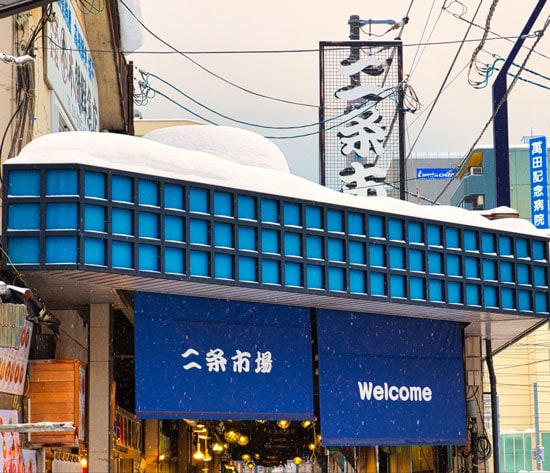
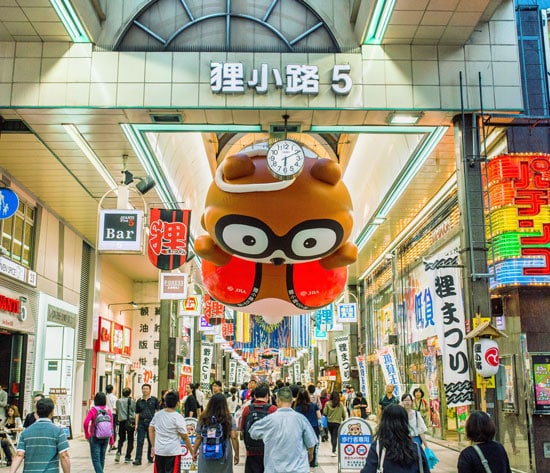
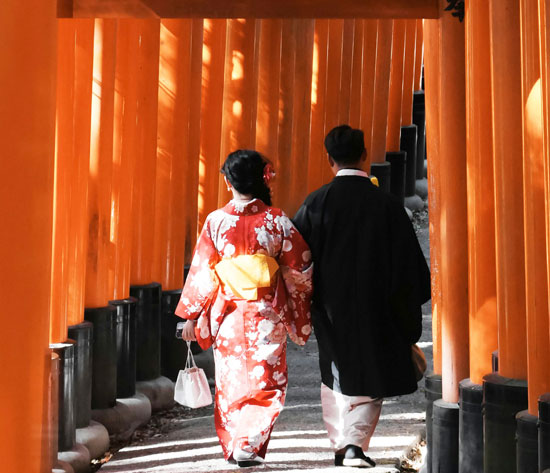
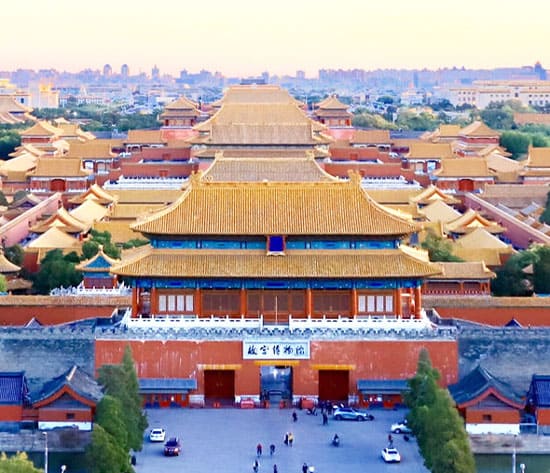
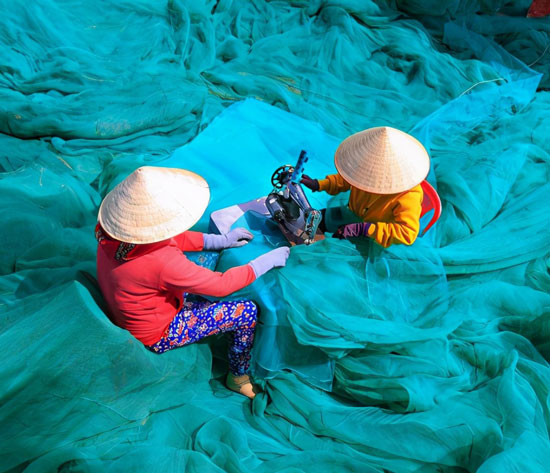
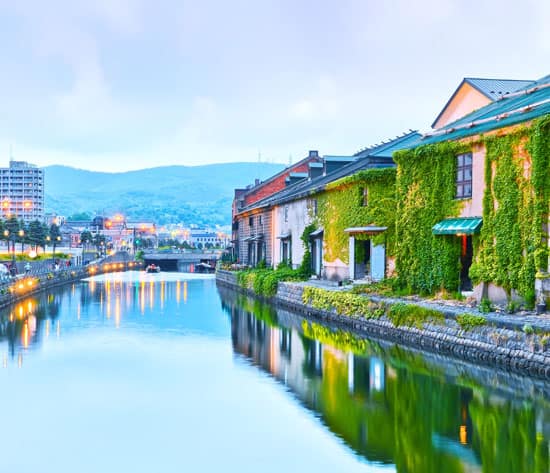
Have a Question?
You might see your comment appear on this page, but your email address and full name will not be published. Your personal information will remain confidential. Our Asia travel experts will get back to you as soon as possible. Required fields are marked *